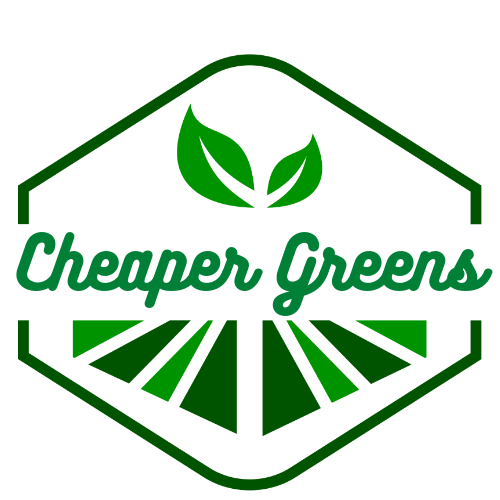Medical Marijuana
How does Lebanese Hashtop produce?
How does Lebanese Hashtop produce?
In the past, Lebanon has been a hub for the manufacturing of hashish and cannabis in the Middle East. The Baalbek Valley is home to the most significant Cannabis-Fields. Large-scale modern technology is used to cultivate many of the fields. The Lebanese Hashtop Business does not place a lot of emphasis on heritage; production is heavily industrialized.
How does Lebanese Hashtop produce?
When the cannabis plants are almost completely dried, they are left on the field. By this point, they will have developed a brownish-reddish hue due to the sun’s UV rays, which degrade some chlorophyll. The plants are finally taken to a barn where they will be properly dried.
Similar to how hashish is made in Morocco, carefully rubbing the buds over a fine silk fabric produces a powder that may be compressed. The resultant hashish is then superior to the finer mesh utilized.
Because the resin glands are still closed, the hash powder can be kept in 35 kg plastic bags for a long period without significantly losing its potency.
The pressing starts in the winter. Hash-Powder is pressed under intense pressure after being loaded in linen or cotton sacks. The structure of the tissue that was employed is plainly seen on the surface of the hashish. The hash is typically pounded into slabs weighing 100g, 200g, or 1000g (1kg). Lebanese Hash comes in two different colors: Red Lebanese, which is reddish-brown and closely resembles ordinary Morocco, and Yellow Lebanese, which is yellowish. The Red-Lebanese is produced from riper plants, and it has a fiery to extremely spicy, reviving aroma.
Typically, the slabs are non-elastic and somewhat thick (around 2-3 cm). However, cutting it reveals that it is easily cuttable and contains significant amounts of resin. Due to its high resin content, really fine Lebanese hashtop can be repressed by hand like Afghani.

